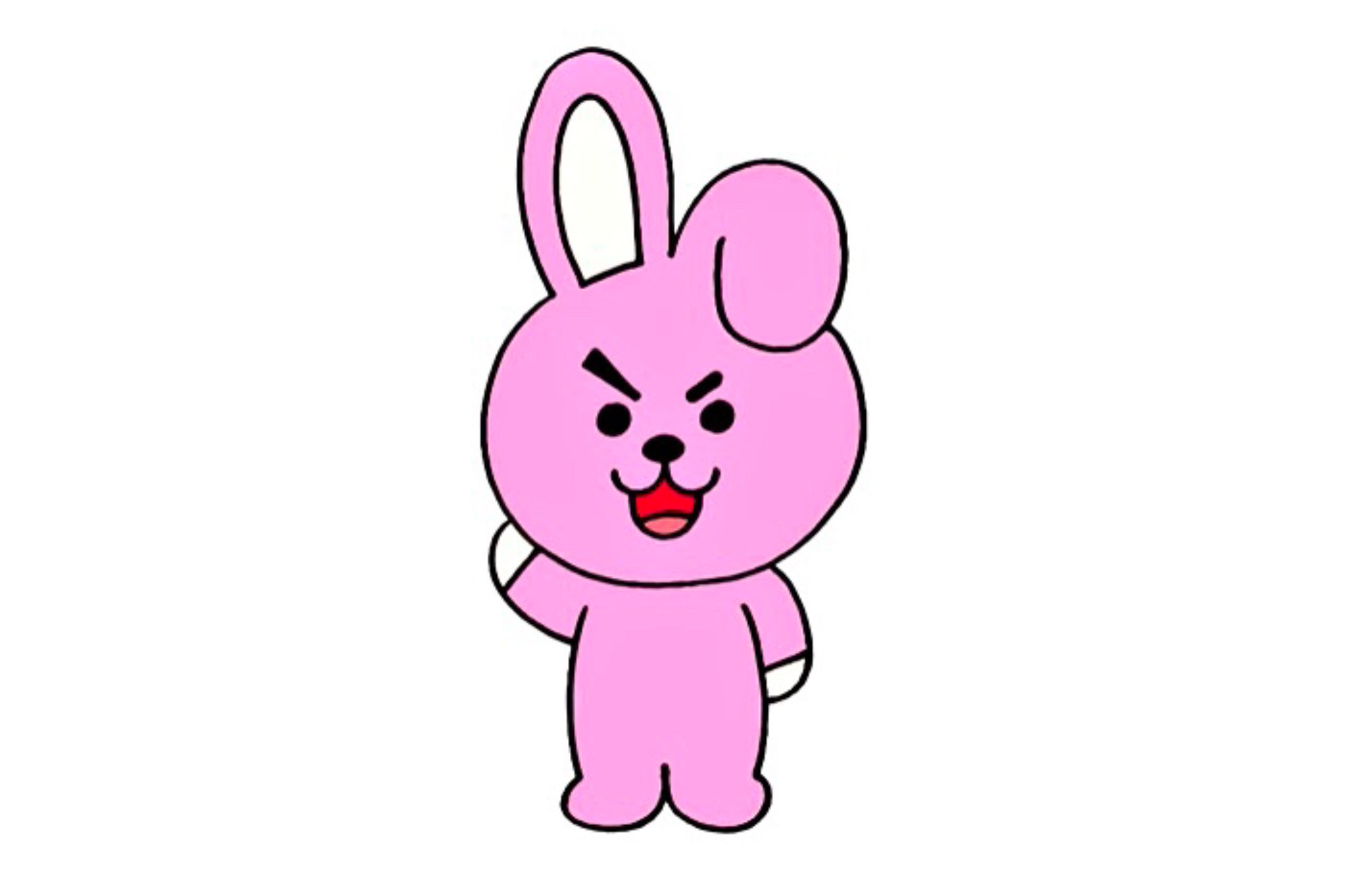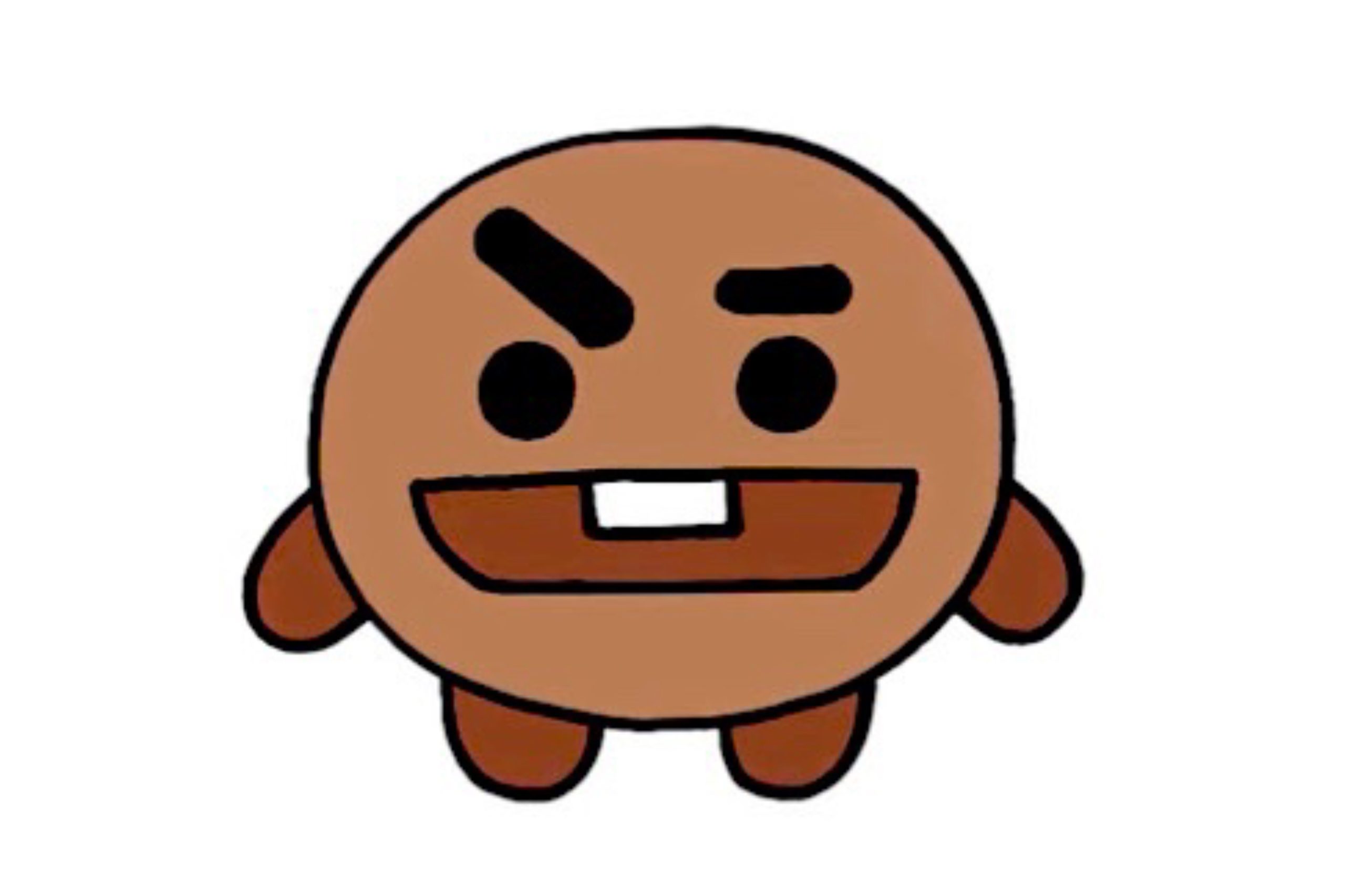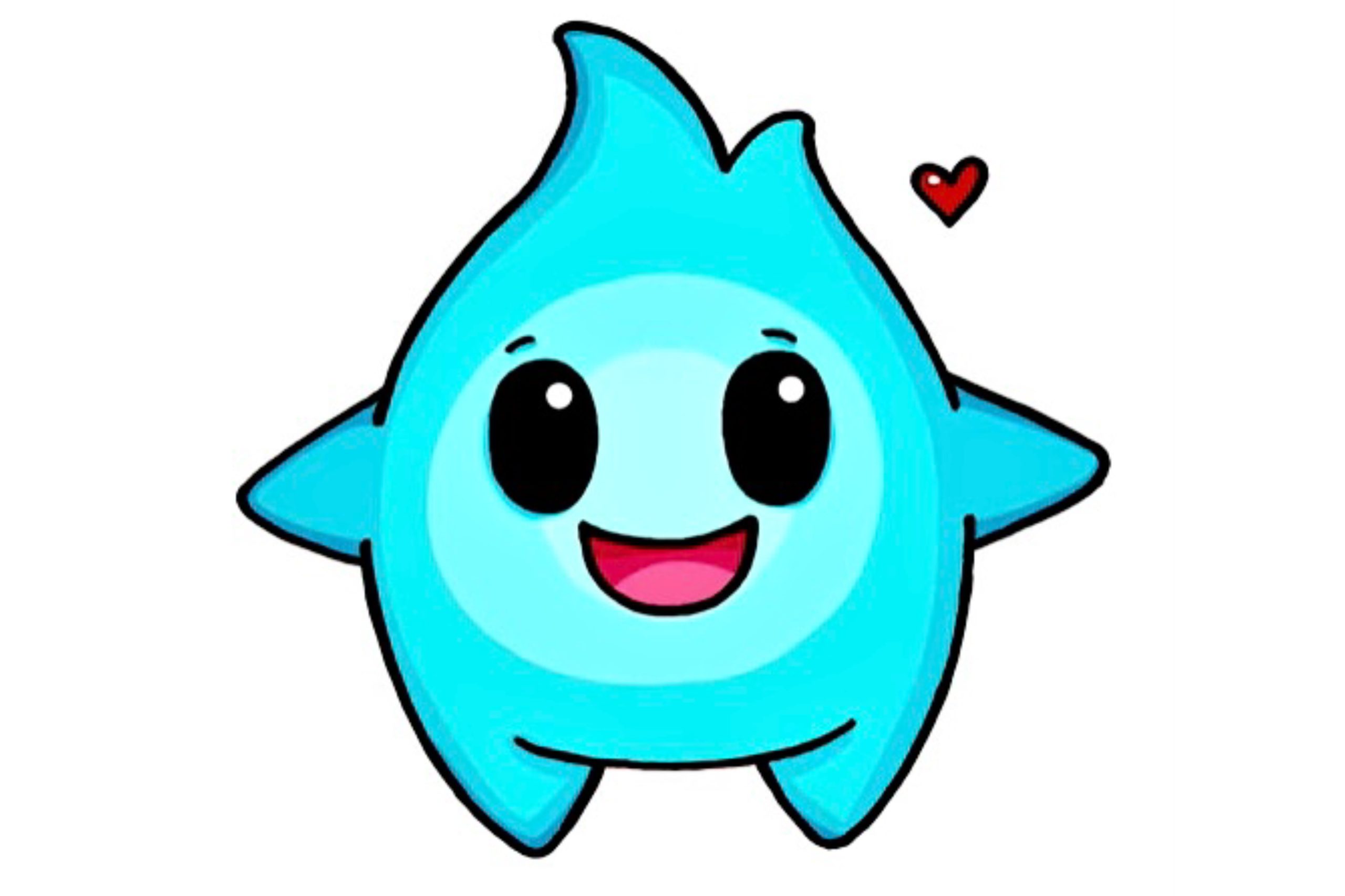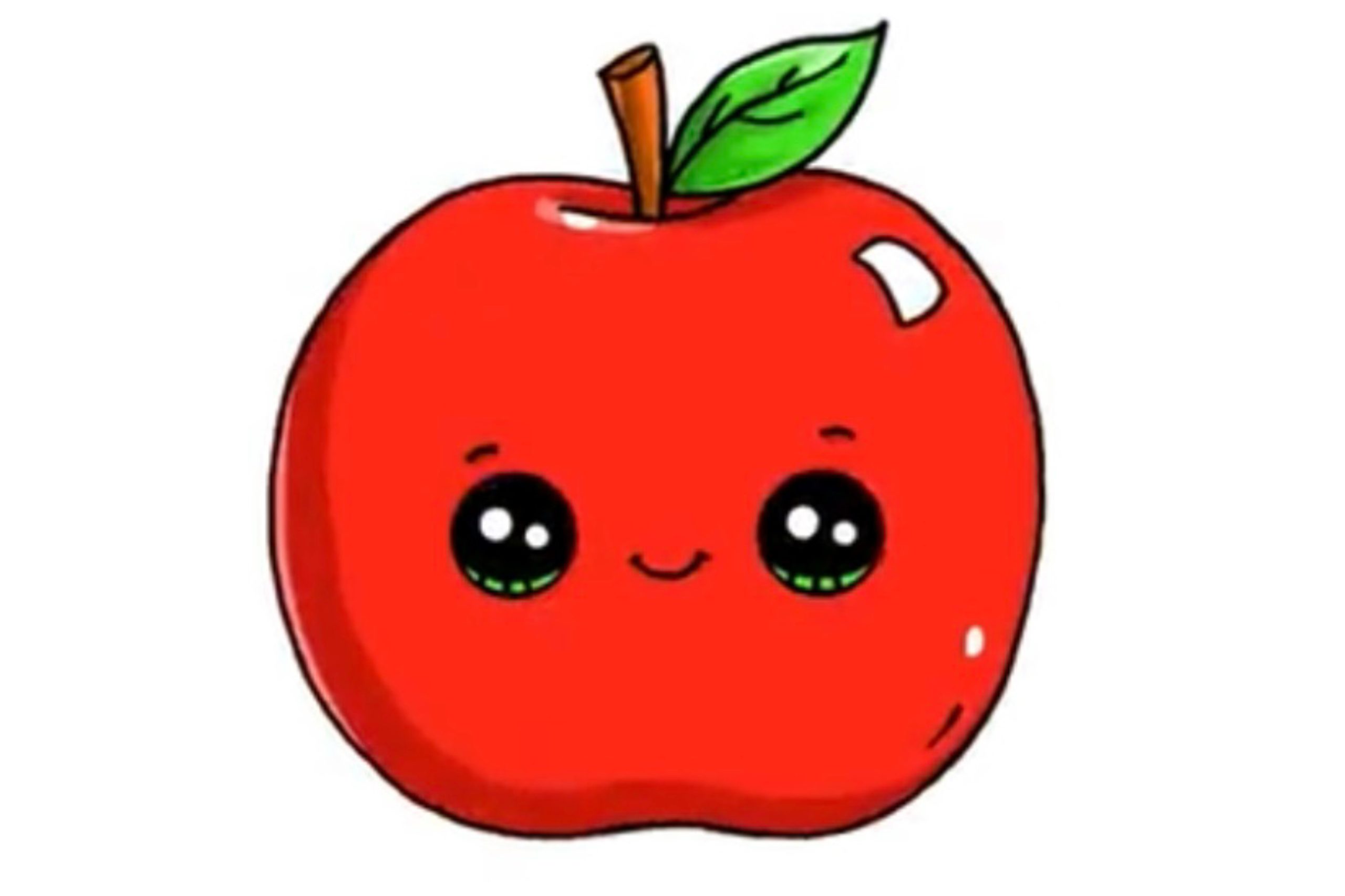Coloring Theory
Warm Colors: Concept And Application In Art
Today, Jorz.art will introduce you to the world of warm colors and how they are applied in art and everyday life. Colors are crucial in art, conveying emotions, setting the mood, and emphasizing visual elements. Warm colors include orange, red, yellow, and combinations of these and similar colors, which hold a special place in art. True to their name, they tend to evoke associations with warm things, such as sunlight and heat. Get ready to be inspired and see how warm colors can bring joy and warmth to the world around us!
I. Introduction
1. The Importance of Warm Color in Art
Color can attract attention, create depth, and establish harmony in the composition. Among many types of colors, warm colors hold a unique position.
Colors in art can convey various messages. They can tell stories, inspire, express emotions, create an atmosphere, and depict objects. Specifically, warm and cool colors are essential in creating appeal and stimulating the viewer’s imagination.

Color Wheel
2. Definition and Significance of Warm Colors in the Color Wheel
The warm color wheel comprises primary colors like red, orange, and yellow. These hot colors often evoke associations with high temperatures and warmth. Therefore, those who want their home space to become cozier and more prominent might consider using this warm color palette. The position of warm colors on the wheel helps artists better understand how to pair warm colors with other colors.
Related topic: Exploring Cool Colors In Art
II. Understanding Warm Colors
1. Definition of Warm Colors: Red, Yellow, Orange
Red: Represents love, ambition, anger, and urgency. Red often evokes seduction and passion and attracts all eyes. In Eastern culture, red symbolizes good luck and celebration, mainly used in wedding celebrations, New Year’s, birthdays…

Yellow: Symbolizes warmth and tolerance. Yellow is the image of the sun, spreading light and warming everything. Yellow symbolizes hope and happiness. Yellow is also known as the color of gold and treasures. Therefore, this color also symbolizes nobility and luxury.

Orange: a combination of yellow and red, one of the seven colors of the rainbow. Orange is bright and pleasant, not too dazzling like red or yellow. Orange is a color symbolizing fire and the sun, capable of attracting people’s attention.

2. Examples of Warm Colors
– Red is the color of the heart, the sun, and the leader. In Asia, it is also seen as a lucky color. Red represents energy, love, action, and passion.

– Yellow is seen as the color of joy. Brands can use this colour to express positivity, confidence, extroversion, and logic,…

– Orange brings enthusiasm, warmth, and even a sense of warmth. The feeling of youthfulness, happiness, friendliness, and vibrancy,…

3. Symbolism and Emotions Related to Warm Colors
Warm colors immediately evoke associations with heat, fire, and the sun, so these colors tend to bring a feeling of total energy, attraction, warmth, stimulation, passion, and intimacy.
Warm colors in the art are often used to create dynamic, lively, and passionate works. They can also convey a warm feeling and create a friendly, positive atmosphere.
III. Explore the Warm Color Palette
1. Creating a Harmonious Warm Color Palette
Use shades of the same color (red, yellow or orange) but with different saturations to create harmonious, vibrant colors. For example, you can combine purple, peach, and another red.
Matching colors typically include primary colors, one or two complementary colors, and neutrals such as gray, black, or white. This balances and harmonizes the colors, making it easier on the eyes and more accessible to absorb.

2. Mixing and Blending Warm Colors Effectively
Mixing colors to create warm hues is an intriguing question. For instance, you can mix yellow and bright red to get red. It’s important to note that the saturation of each color will affect the final result of the red you obtain.
Moreover, when mixing and diluting warm colors, pay attention to the ratio of the colors. A small amount of additional color can make a significant difference in the shade and create interesting visual effects.

3. Using Warm Colors to Evoke Different Moods and Atmospheres
Excited mood: Use vibrant, warm colors like red and orange. These solid and warm colors will create excitement, energy, and attention.
Warm and welcoming mood: Use softer, warm colors like peach and light yellow. These gentle, warm colors will create a warm, friendly, and welcoming feeling.
Melancholic mood: Use deeper, warm colors like purple-red and golden brown. These deep, warm colors will create a low, contemplative, and reflective atmosphere.

IV. Warm Colors in Nature and Everyday Life
1. Exploring Natural Scenery Filled with Warm Colors
Nature provides vibrant colors such as red, orange, purple, and yellow, exemplified by golden sunrises and sunsets, bright yellow autumn leaves, and sunny yellow sunflowers.
To effectively render warm colors, observing natural landscapes and noting how lighting conditions modify colors is crucial. Even ordinary objects can exhibit distinct color appearances depending on whether they’re illuminated by the warm glow of dawn or the soft light of dusk.
2. Finding Inspiration in Objects and Environments with Warm Colors
Clothing, furniture, and jewelry with warm colors can inspire artists. For example, a purple-red dress can inspire a painting of a powerful woman. Or a dark oak armchair can inspire a painting about the warmth of a family.
Observe your surroundings and look for objects with appealing warm colors. They can be unexpected sources of inspiration for new art pieces.
3. Capturing the Essence of Warm Colors in Artwork
When painting objects with warm colors, pay attention to the hue, saturation, and tone. Use techniques such as mixing and diluting to create a realistic and appealing color palette.
Observe how light and shadow affect the color of the object. Practice shading techniques to create realism and express the properties of the material.
In addition, when painting natural scenes, focus on the changes in light and color over the day. This will help you create vibrant and deep artworks.
V. Interesting Warm Color Projects for Teens
1. Creating a Warm Color Mood Board
Collect images, materials, and warm color samples that inspire you. Arrange them into a board to create a visual resource. This mood board will help you explore and connect with warm colors more deeply.
Arrange the color samples according to hue, saturation, and emotion. You can add notes or keywords to describe the mood each color evokes in you.
2. Designing an Art Piece with a Warm Color Theme
Choose your favorite holiday theme and create some art with vibrant colors. So you can explore art forms like watercolor, acrylics, or colored pencils and create unique color combinations. Use these colors to express feelings and emotions in your art.

3. Collaborative Warm Color Art Project
Collaborate with others to create a large painting or sculpture using warm colors. Exchange ideas, coordinate colors, and create a unique piece of art.
Collaboration will help you learn from each other, share knowledge, and develop teamwork skills. Be creative and express each person’s personality in the collective artwork.
VI. Frequently Asked Questions about Warm Colors
1. Which warm color is considered the most courteous?
Bright red is often considered the warmest color. It is closely associated with fire, high temperatures, and energy.
2. What elements are warm colors naturally associated with?
Fire and the sun. Warm colors are often associated with heat, light, and energy, naturally linked to fire and the sun.
3. What illusion can warm colors create?
Objects with warm colors appear closer than objects with extraordinary colors. This is because warm colors create a temperature illusion, making them seem closer and radiate energy.
Conclusion
Warm colors, with their excitement, warmth, and joy, play an essential role in art. They help create dynamic, lively, and passionate works. Understanding the warm color palette and how to combine and apply them will help artists create emotionally rich and impressive pieces.
Explore warm colors in nature and the surrounding environment, and find inspiration in them. Practice color mixing techniques, create a harmonious color palette, and use warm colors to evoke different moods. Don’t hesitate to experiment and be creative with warm colors in your art projects.
With a deep understanding of warm colors and how to use them, you can become a talented artist and discover new beauties in art.
Today, Jorz.art will introduce you to the world of warm colors and how they are applied in art and everyday… View More









